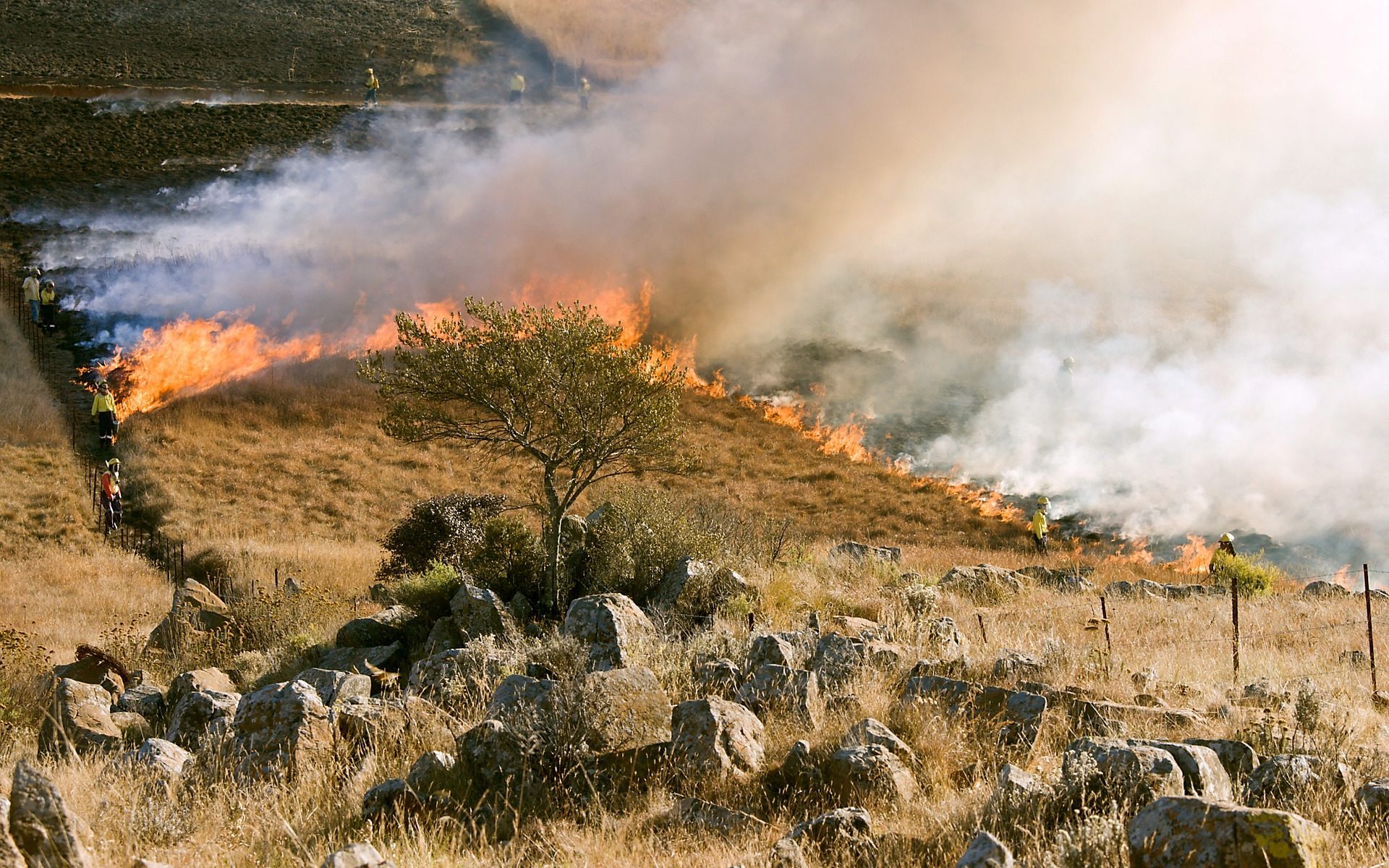Feature image from Pixabay
Article: Biomass Burning Smoke and Its Influence on Clouds Over the Western U. S.
Authors: C. H. Twohy, D. W. Toohey, E. J. T. Levin, P. J. DeMott, B. Rainwater, … & E. V. Fischer
The area burned by wildfires has been increasing in the western U.S. in recent years and is expected to continue to increase due to climate change. In fact, a large wildfire is currently burning in Sequoia National Park in California, threatening to impact some of the largest and oldest living trees in the world. While wildfires directly impact people, wildlife, and the environment in many ways, a lesser-known impact, involving clouds, can influence the regional weather and climate.
Continue reading “How does smoke from wildfires in the western U.S. change the regional climate?”

